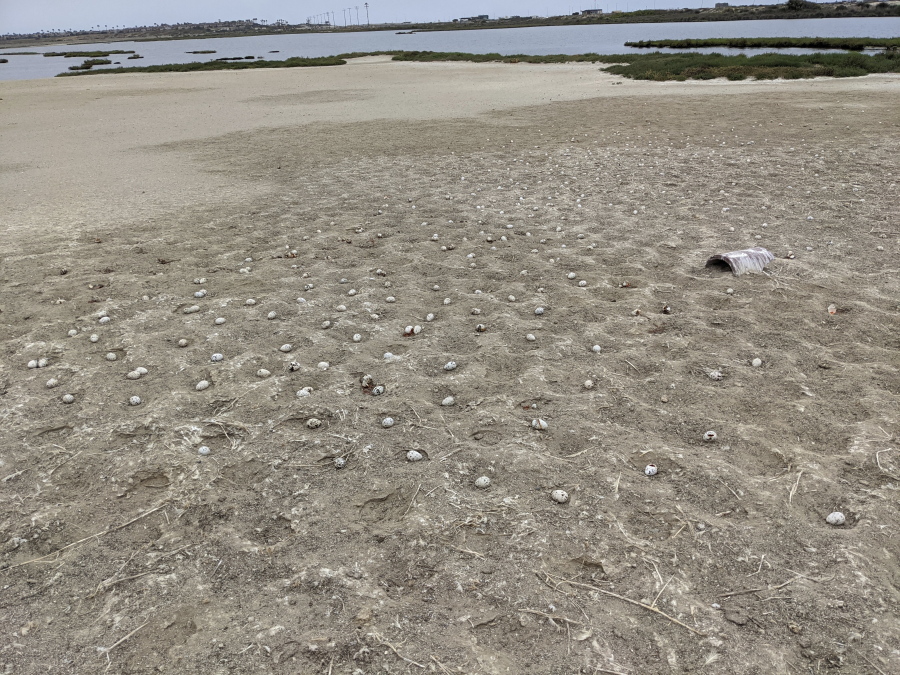“We have a person who monitors them and other seabirds at the port, and he said the birds have flown by, maybe stayed a little while, a few hours or overnight, and then they’ve left,” Horn said, noting that they may decide not to populate a site because of predators, disruptions to the food supply or other disturbances.
In the case of the crashed drone, given the scope of the devastation, officials are seeking to aggressively enforce the law. Molsberry is working with the Orange County district attorney’s office to figure out how to get a warrant and lawfully retrieve video footage and location history from the drone.
Molsberry, who has been with the department eight years, said he’d never seen a drone crash-land in a reserve before this spring. But the May 12 crash was actually the second in a 24-hour stretch. The day before, a drone went down in Bolsa Chica near nesting sites of the California least tern and the snowy plover. The birds fled but eventually returned, “which was great,” Loebl said. “Still sad, but great.”
That drone operator came forward to claim the device and received a citation.
On Thursday, while KABC-TV Channel 7 was interviewing Loebl and Molsberry for a segment about the drone problem, a man pulled into the parking lot and started to fly a drone right above them, sending it directly toward another tern colony, Molsberry said.



